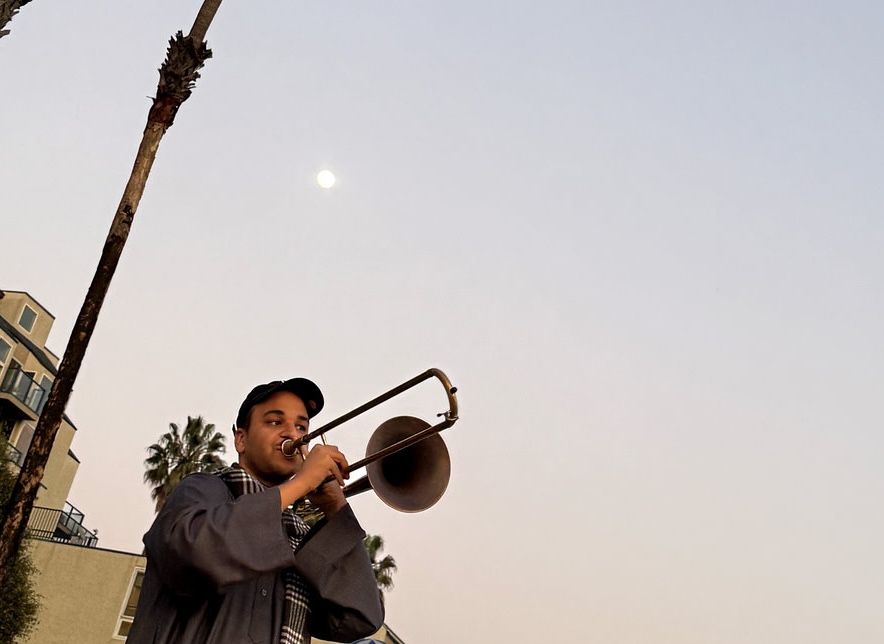A portal to new sonic realms, microtonality is one of the most potent tools in contemporary music making. By exploring intervals beyond the 12-note scale of Equal Temperament, microtonal music challenges normative Western ideas of beauty and “correctness”. It can be used to push already extreme music off the map, as in Jute Gyte’s crushing black metal, or to create the otherworldly colours of Jules’ Reidy’s Ghost/Spirit. It’s the umami in Horse Lords’ math-rock and it’s threaded through new classical music.
Microtonality is popping off in jazz too. Of course, jazz has always been microtonal, with bends and glisses a fundamental part of its blues-based language: just listen to Billie Holiday’s singing or Johnny Hodges’ alto saxophone. But it’s only in more recent decades that jazz artists have self-consciously and rigorously engaged with microtonality. In the 1970s, the late composer and saxophonist Joe Maneri began developing his own theories and tuning systems, a mission continued by his son, the violinist/violist Mat Maneri.
In the 2010s, trumpeter Amir ElSaffar and saxophonist Hafez Modirzadeh broke new ground through their use of Middle Eastern harmonic devices. I reviewed ElSaffar’s brilliant Crisis for tQ back in 2015 and its incorporation of Iraqi maqam into a contemporary jazz language still sounds inspired. On 2012’s Post-Chromodal Out! Modirzadeh retuned the piano, played by Vijay Iyer, to a variety of temperaments, and experimented with his saxophone embouchure and fingerings to produce quarter tones. He developed this further on 2021’s stunning Facets, inviting Kris Davis, Tyshawn Sorey and Craig Taborn to explore the possibilities of a retuned piano across a series of compositions, improvisations and Thelonious Monk tunes.
A wave of young composer-performers has followed in their wake, deploying microtonality and alternative tuning systems in works that defy the artificial boundaries between jazz, classical and other traditions. This is a real avant-garde community, with many of the artists contributing to each other’s projects. Some are drawn to Just Intonation, a 12-note system originally devised by Ptolemy, where the intervals are tuned to whole tone ratios, as opposed to the “impure” intervals of Equal Temperament, the standard Western tuning. Just intonations are categorised by “limits”, the highest prime number used in the ratios to define the intervals of a scale, hence 5-limit, 7-limit JI, and so on. This allows for a wider range of melodic and harmonic possibilities, with certain notes in the scale sounding deliciously “sharp”. Indian, Arabic and Indonesian traditions are also important reference points. Microtonal jazz is where it’s at and the five artists featured below – Anna Webber, Modney, Mat Muntz, Alec Goldfarb and Zekkereya El-magharbel – are the tip of the iceberg.
Anna Webber – Shimmer Wince
“I’m not really in microtonality for its own sake,” says composer, saxophonist and flautist Anna Webber. “The music that resonates with me and that I try to write uses microtonality as a tool, just like any other compositional tool. Ligeti is a huge influence in this regard. Shimmer Wince [2023] was a look at Just Intonation, which for me was an extension of the natural microtonality of my instruments. JI is after all also based on the natural vibration of physical objects. Shimmer Wince was, in many ways, an easy way of gett…



